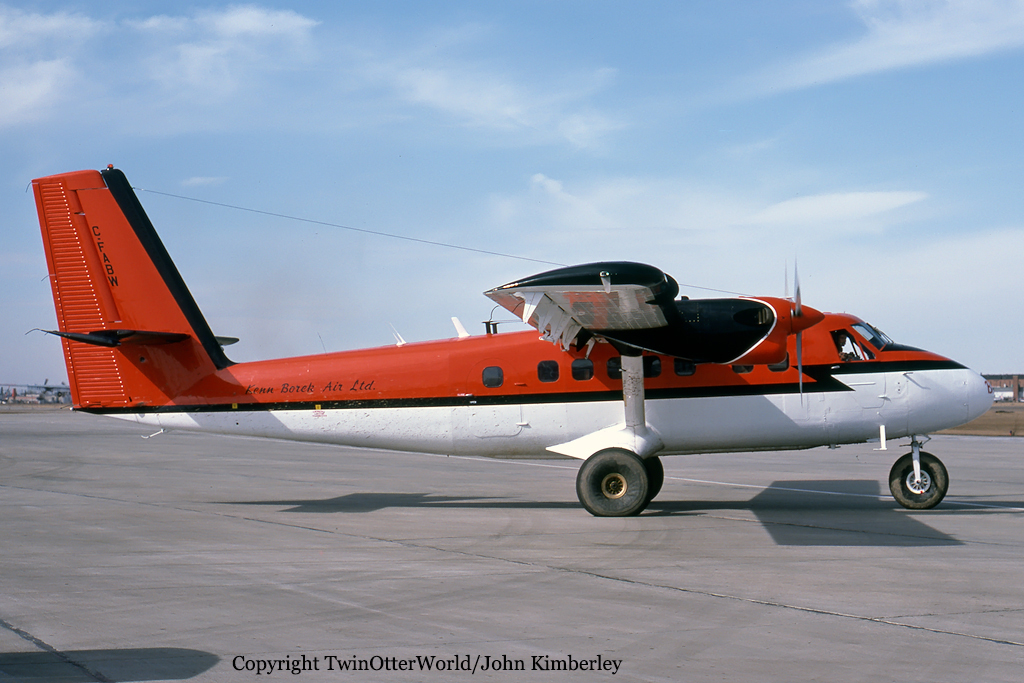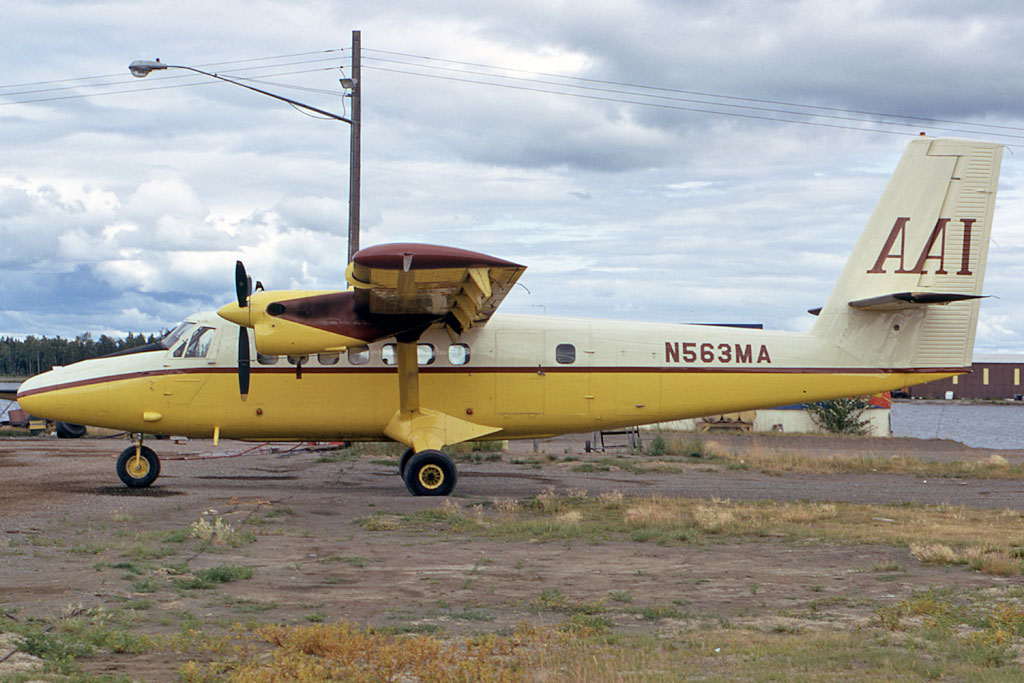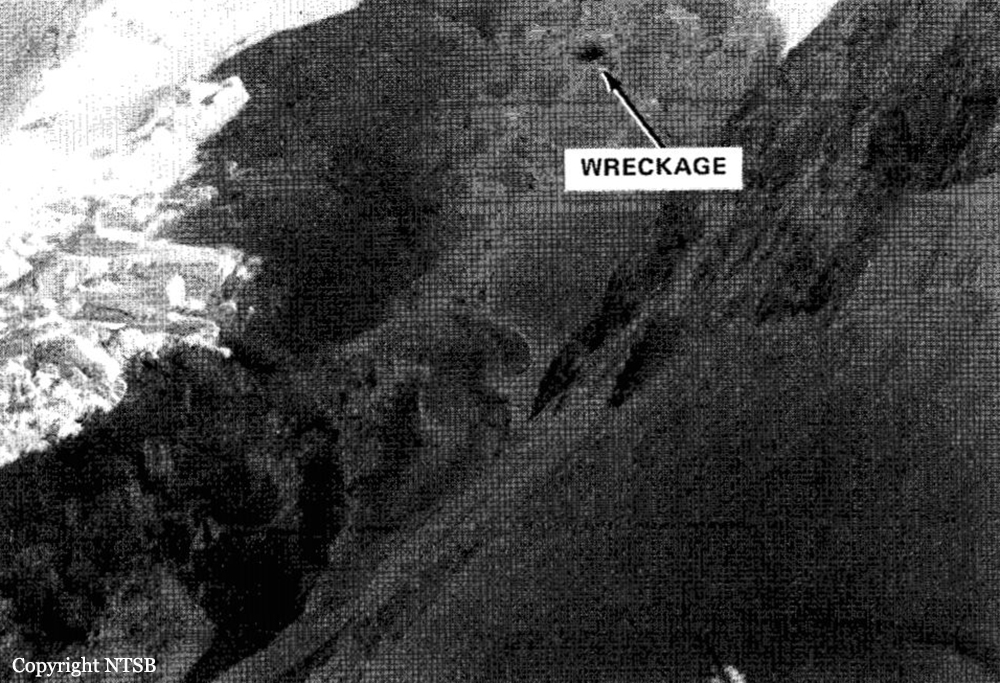Crash of a De Havilland DHC-6 Twin Otter 300 in Nanisivik: 8 killed
Date & Time:
Dec 21, 1977
Registration:
C-FABW
Survivors:
No
Schedule:
Pond Inlet – Nanisivik – Resolute Bay
MSN:
278
YOM:
1970
Crew on board:
2
Crew fatalities:
Pax on board:
6
Pax fatalities:
Other fatalities:
Total fatalities:
8
Circumstances:
On final approach to Nanisivik in marginal weather conditions, the airplane nosed down to an angle of 45° then banked to the right to an angle of 80° and crashed 670 meters short of runway. Due to blizzard, SAR operations were hampered and rescuers arrived on the crash site 24 hours later only. The aircraft was destroyed and all eight occupants were killed.
Probable cause:
The exact cause of the accident could not be determined with certainty. The assumption that the loss of control may have been caused by windshear or an in-flight failure of the flap and/or aileron control rod was not ruled out.

















